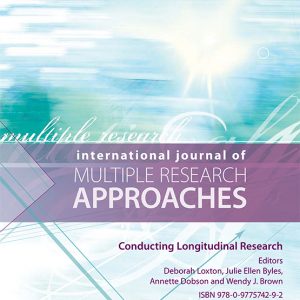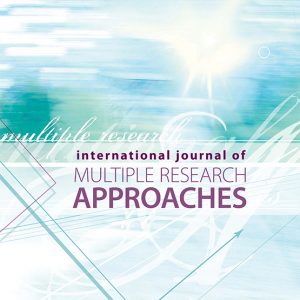1(1).3. Conducting mixed analyses: A general typology
$30.00
Description
Conducting mixed analyses: A general typology
ANTHONY J ONWUEGBUZIE
Department of Educational Leadership and Counseling, Box 2119, Sam Houston State University, Huntsville, Texas 77341-2119, USA
JOHN R SLATE
Department of Educational Leadership and Counseling, Box 2119, Sam Houston State University, Huntsville, Texas 77341-2119, USA
NANCY L LEECH
Assistant Professor, School of Education and Human Development, Campus Box 106, PO Box 173364, University of Colorado at Denver and Health Sciences Center , Denver, Colorado 80217-3364, USA
KATHLEEN MT COLLINS
Associate Professor, Dept. of Curriculum & Instruction, 310 Peabody Hall, University of Arkansas at Fayetteville, Fayetteville, Arkansas 72701, USA
ABSTRACT
In this article, we provide a typology of mixed analysis techniques, namely the Mixed Analysis Matrix, that helps researchers select a data analysis technique given the number of (a) data types collected (i.e. quantitative or qualitative; or quantitative and qualitative) and (b) analysis types used (i.e. quantitative or qualitative; or quantitative and qualitative)—yielding a 2 × 2 representation involving four cells that each contain specific analytical techniques, with two of these cells containing a total of 15 mixed analysis techniques. Furthermore, we describe the fundamental principle of mixed analysis, describe the steps in a mixed analysis, and delineate the rationale and purpose for conducting mixed analyses. For each technique, readers are directed to published studies that serve as illustrative examples. Outlining the mixed-analysis techniques available for researchers hopefully will increase awareness of the number of choices for analyzing data from mixed studies.
Keywords: mixed research, mixed analysis, data analysis typology, mixed analysis matrix, parallel mixed analysis, concurrent mixed analysis, or sequential mixed analysis


